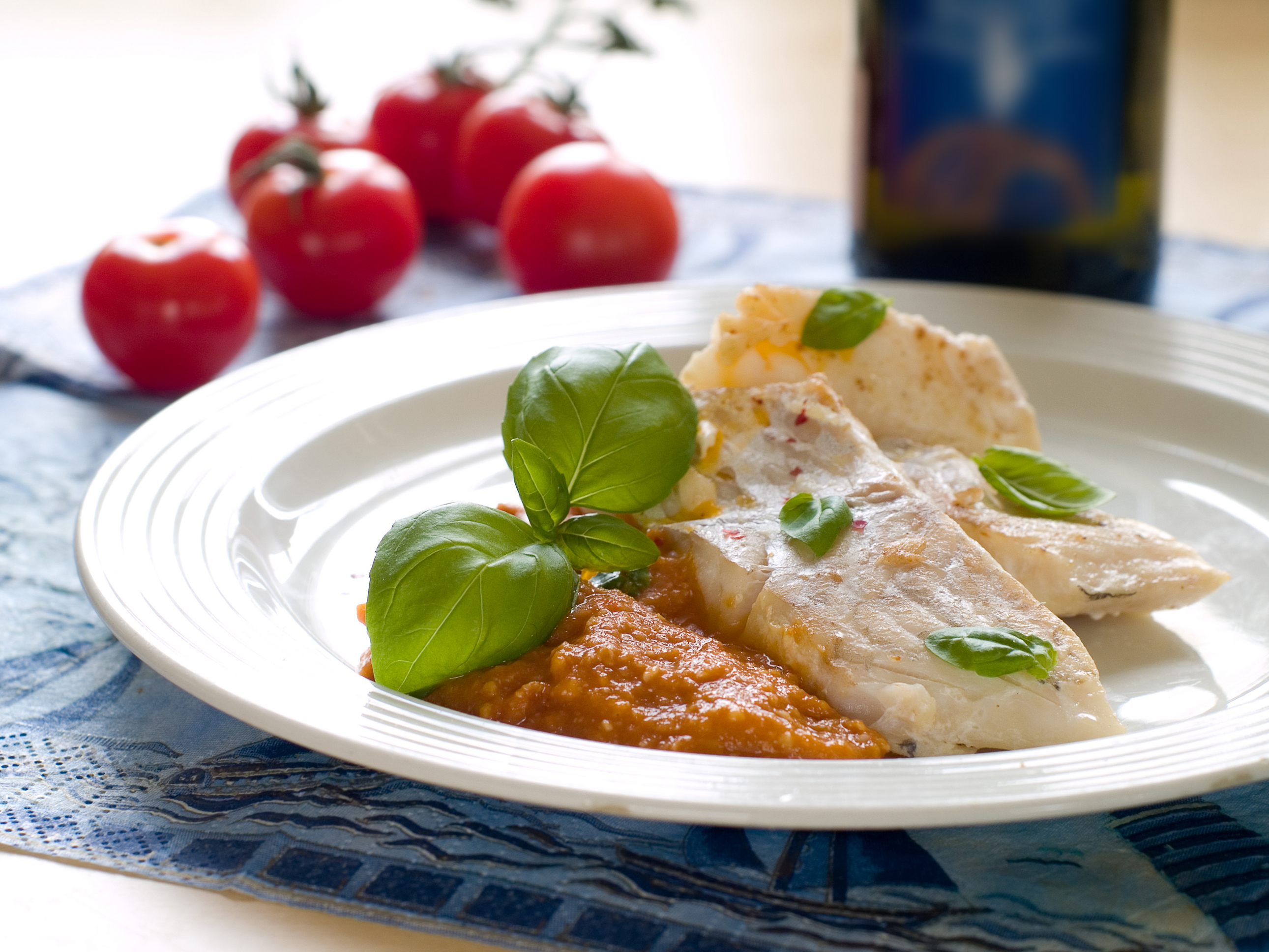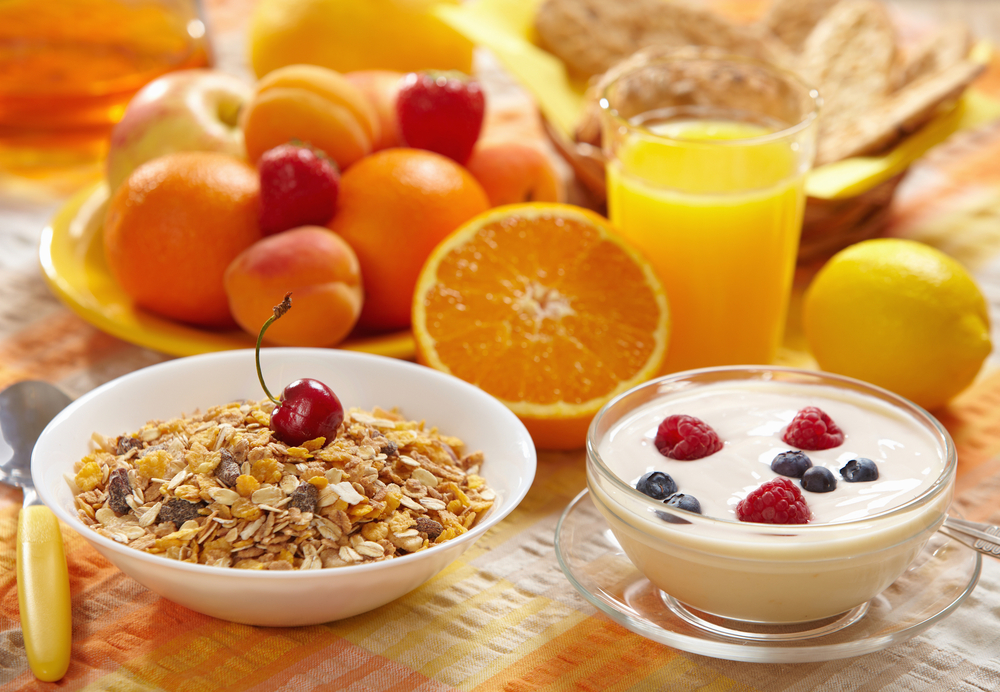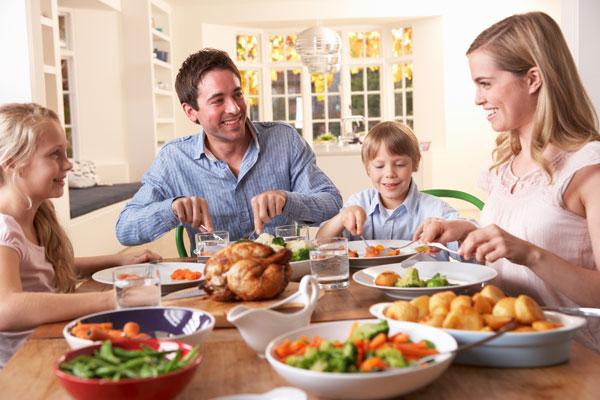8 Top Meals from Nutritionists
Healthy Options

Nutritionists spend lots of time scrutinizing food, so their brains are chock-full of information about what's good and what's bad for our bodies. But when it comes to their own meals, do they practice what they preach? When no one's looking, what do they like to eat?
Here's a rundown of what some nutritionists tuck into for their own meals and snacks.
BREAKFAST

Who: Deborah Enos, a certified nutritionist and a health coach in the Seattle area. What She Eats: Scrambled eggs with two slices of turkey bacon, onions and spinach. Why She Likes It: Because of the high protein content of the eggs, "this meal keeps me energized for about four hours." "Also, I get a good hit of folic acid from the spinach (great for brain health) and fiber, which keeps me full so I can focus better at work."
Who: Heather Mangieri, a nutrition consultant and spokeswoman for the Academy of Nutrition and Dietetics. What She Eats: Bran flakes with one half a banana, a teaspoon of walnuts, and skim milk. Why She Likes It: "Not only do I love it, but the bran cereal provides me with 100 percent of the daily iron that I need, a nutrient that I often struggle to get enough of. "I like the flavor and texture that walnuts provide when mixed into the cereal. And walnuts are a good source of alpha-linolenic acid (ALA), the plant-based omega-3, which has been linked to a lower risk of heart disease. Using skim milk allows me to keep the calories controlled while still getting a healthy dose of high-quality protein to balance out the meal. Milk is also a fantastic source of calcium, vitamin D [and] potassium."
LUNCH

Who: Heather Mangieri, a nutrition consultant and spokeswoman for the Academy of Nutrition and Dietetics. What She Eats: Turkey chili paired with a serving of fruit or vegetables. Why She Likes It: "I’m a huge advocate of having lunch be the biggest meal of the day. The beans in the turkey chili help to keep me full for the rest of the workday so I’m not thinking about food. And, I make it with tomatoes and peppers so I’m sure to get loads of nutrition."
Who: Andrea Giancoli, a spokesperson for the Academy of Nutrition and Dietetics. What She Eats: Salmon with roasted/baked broccoli and whole wheat couscous. Why She Likes It: Giancoli often prepares this meal for dinner, but has leftovers for lunch the next day so she gets lots of bang for her buck. Other reasons this is a lunchtime favorite: "Salmon is a great source of omega-3 fatty acids; quinoa is whole grain goodness; and broccoli gives me vitamin C and a little calcium plus a boost of fiber."
SNACK TIME

Who: Andrea Giancoli, a spokesperson for the Academy of Nutrition and Dietetics. What She Eats: Popcorn popped on the stove, in a nonstick pan, with a little olive oil. Why She Likes It: "Popcorn counts as a whole grain. Popping it in a nonstick pan allows you to use less oil and therefore less fat and calories. I pop it with heart-healthy olive oil."
Get the world’s most fascinating discoveries delivered straight to your inbox.
Who: Heather Mangieri, a nutrition consultant and spokeswoman for the Academy of Nutrition and Dietetics What She Eats: A snack platter with berries and a hard-boiled egg. Why She Likes It: "Eggs are an easy and affordable source of high-quality protein and a variety of other high-quality nutrients. Berries top the charts when it comes to disease-fighting antioxidants. "I dislike the word 'snack,' because I think the word is overused and hard for people to define. Rather than the term snack, I prefer 'mini-meal.' Just as meals should be balanced with a healthy carbohydrate, a lean protein and a bit of fat, a mini-meal should look the same, just in a smaller size."
DINNER

Who: Deborah Enos, a certified nutritionist and a health coach in the Seattle area. What She Eats: Black bean soup. Why She Likes It: "Beans are high in protein [and] fiber, and they are also a good source of magnesium. Magnesium is helpful in heart health. In fact, people that eat beans or lentils four or more times per week actually have lower levels of heart disease." Enos makes this recipe with one can of refried beans and one can of rinsed black beans (rinsing removes excess salt.) She adds half a can of salsa and chicken broth, and tops the soup with a little sour cream, a sprinkle of grated cheese, a slice of avocado, some cilantro and crushed low-fat chips.
Who: Heather Mangieri, a nutrition consultant and spokeswoman for the Academy of Nutrition and Dietetics. What She Eats: Almond-crusted tilapia with sweet potato and broccoli. Why She Likes It: "I love fish, and because tilapia is a mild fish, all of my kids love it. Tilapia is a great source of protein, and the almond crust not only provides a healthy dose of healthy fats but also gives great texture to the fish. Sweet potatoes provide several key nutrients, including beta-carotene, vitamin C, fiber and potassium. They also offer 30 percent of our daily allowance for vitamin C, are loaded with beta-carotene (a powerful antioxidant), and have more fiber than oatmeal if eaten with the skin. Broccoli is a low-calorie vegetable that it is rich in dietary fiber, minerals, vitamins and antioxidants. Most importantly, I eat these foods because they taste great and they make me feel great."
Follow MyHealthNewsDaily on Twitter @MyHealth_MHND. Findus on Facebook.

Rachael is a Live Science contributor, and was a former channel editor and senior writer for Live Science between 2010 and 2022. She has a master's degree in journalism from New York University's Science, Health and Environmental Reporting Program. She also holds a B.S. in molecular biology and an M.S. in biology from the University of California, San Diego. Her work has appeared in Scienceline, The Washington Post and Scientific American.
